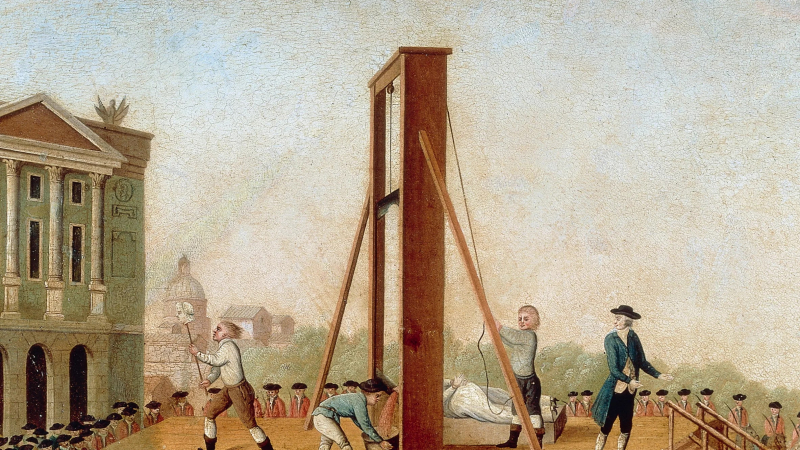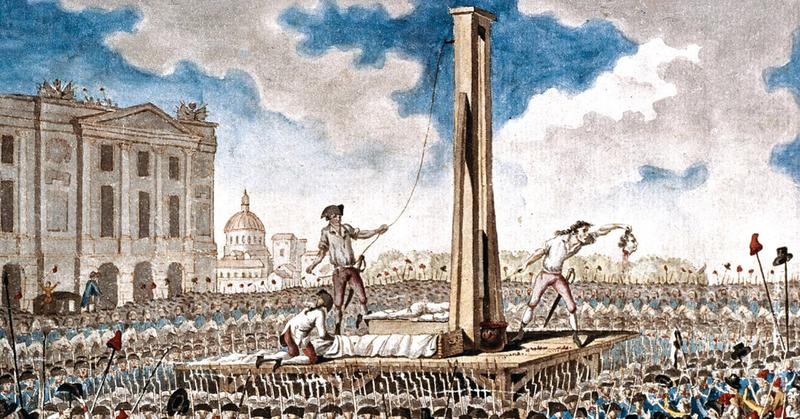Guillotine Became Known As The National Razor
The Committee of Public Safety was established by the National Convention, the first administration of the French Revolution, in March 1793. The committee's mission was to defend the newly formed country from foreign invasions and domestic unrest. The committee, which consisted of 12 members, the most important of whom was Maximilien Robespierre, became the de facto executive government in France during the Reign of Terror, which lasted from September 5, 1793, to July 28, 1794. During the Reign of Terror, an estimated 40,000 individuals were executed in the guise of purging the country of revolutionaries. The guillotine was used to carry out the execution, and it was dubbed the National Razor and Madame La Guillotine.
The killing machine's history is fascinating. Doctor Joseph Ignace Guillotin, an anti-death penalty crusader, invented the guillotine, which became internationally famous and was used until 1977. In revolutionary France, children played with guillotine toys, restaurants competed for space near execution sites, and executioners became prominent celebrities who influenced fashion trends.
The public's reception to it was originally underwhelming. The efficiency of the guillotine diminished the amusement of a public execution for a crowd used to long, painful, and theatrical executions. This was reassuring to opponents of the death penalty, who believed that executions would no longer be a source of entertainment. However, due to the large number of deaths that a guillotine could handle, public guillotine killings swiftly became high art. To many who supported the Revolution, it was also considered as the ultimate symbol of justice. People went to the Place de la Revolution to sing, write poems, and make jokes about the machine. That's the fifth interesting fact about the French Revolution.












